Extension
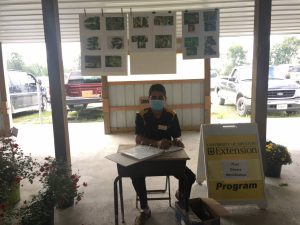
Aug. 31, 2020
Creating Inclusive Programming
On Friday mornings at the Clark Produce Auction, University of Missouri Agriculture and Environment Extension agronomist Dhruba Dhakal sets up a table, plant posters and an MU Extension sign. MU Extension’s objective is to serve all Missourians with resources and research needed to improve lives, communities and the economy. When Dhakal noticed Amish producers in Clark could benefit from a plant diagnostic clinic, he knew there was only one thing to do. “While attending one of the sales, I spoke with some of the leaders in the Amish community and learned they were struggling with different horticultural issues,” Dhakal said.
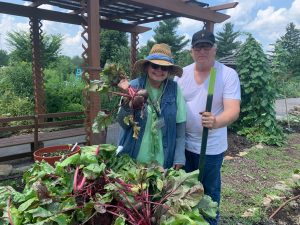
Aug. 14, 2020
Gardeners Make Community Impact
Those who have planted gardens feel that they have “done something for the good of the whole world,” wrote American author Charles Dudley Warner in 1871. For Greene County Master Gardeners Maryfrances DiGirolamo and James Hilburn, gardening has become a way to give back to their community, doing “something for the good of the world.” They use their University of Missouri Extension Master Gardener training to oversee a vegetable demonstrations garden at the Nathaniel Greene-Close Memorial Parks inside the Springfield Botanical Gardens. “They donate all the produce they grow to local food pantries,” said Kelly McGowan, coordinator of Master Gardeners…
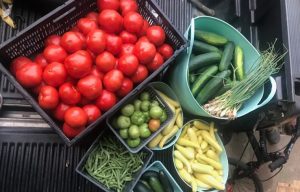
Aug. 10, 2020
Keeping Consumers Safe
Produce contamination accounts for an estimated 46% of foodborne illnesses across the United States each year — a serious issue affecting health, the economy and society as a whole. Even in the midst of the current pandemic, safety training for produce farmers is not only vital, but required for many, said MU Extension horticulture field specialist Patrick Byers. To combat contamination issues, the federal Food Safety Modernization Act (FSMA) Produce Safety Rule requires that many growers receive education and produce safety training, such as that offered by the Produce Safety Alliance through MU Extension. With COVID-19 restrictions on face-to-face training,…
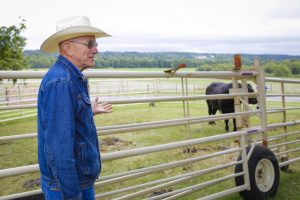
May 6, 2020
A Consistent Presence
A lot has changed in the 56 years that Eldon Cole has served as a University of Missouri Extension specialist, but one thing has remained incredibly consistent – Cole’s desire to build relationships with the Missourians he continually serves. While it’s hard to imagine MU Extension in Lawrence County without Cole, his career path nearly looked much different. As a child, Cole was planning on running the family farm in Potosi, Mo. There was a major roadblock in that plan, though – his dad sold the farm while Cole was still in grade school. Cole earned his bachelor’s degree in…
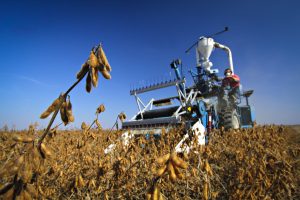
April 9, 2020
Moving the Agricultural Food Chain Forward
The Agricultural Experiment Station (AES) at the University of Missouri operates a system of Agricultural Research Centers across the state in an effort to meet the regional needs of agricultural producers and natural resource managers. With nearly 14,000 acres, these research and demonstration facilities host more than 35,000 people each year for field days, Extension activities and other community events. The various facilities play a vital role in the agricultural food chain in numerous ways, including seed variety trials, plant and animal breeding studies, and providing agronomic information. As research ramps down at MU due to the global COVID-19 pandemic,…
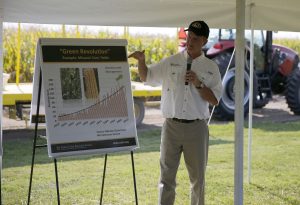
Feb. 3, 2017
‘A Whole New Game’
With technology ever changing, University of Missouri Extension professor Gene Stevens knows how important it is to keep up with the latest trends. Stevens, who is located at the Fisher Delta Research Center in Portageville, Mo., has developed a program to help farmers do just that. Stevens, through MU Research and Extension, has developed the Crop Water Use App which can assist farmers with their irrigation scheduling. “When I began my career, there was a lot of excitement about using computers in agriculture,” Stevens said. “That was back in the 1980s, when we didn’t have as many tools as we…
- « Previous
- 1
- …
- 9
- 10
- 11
- 12